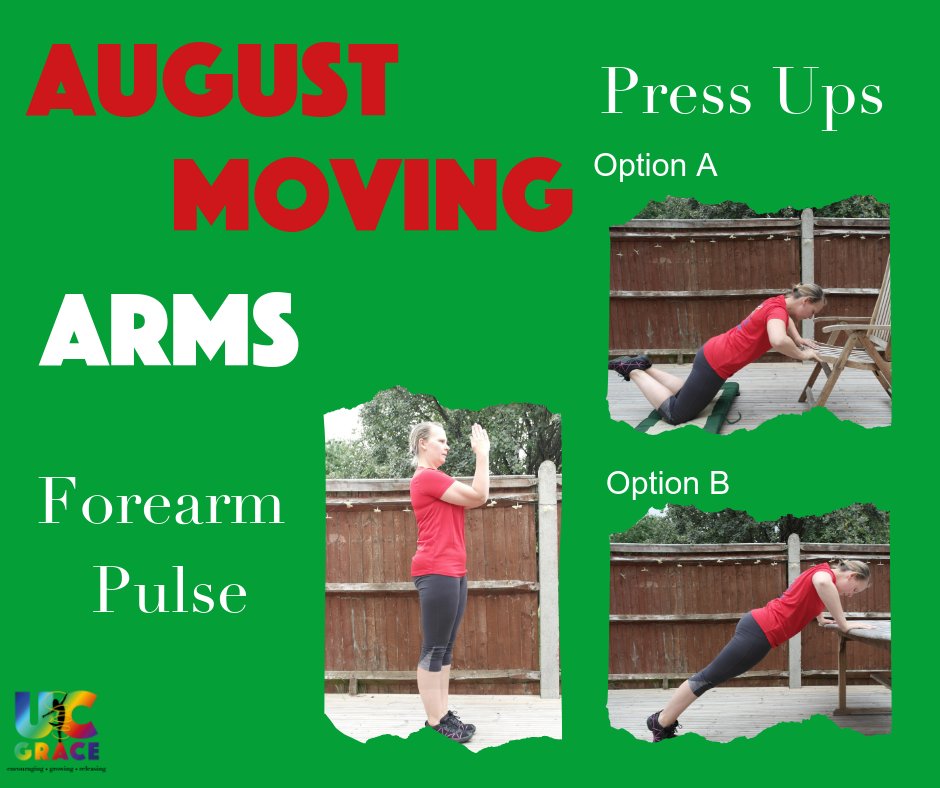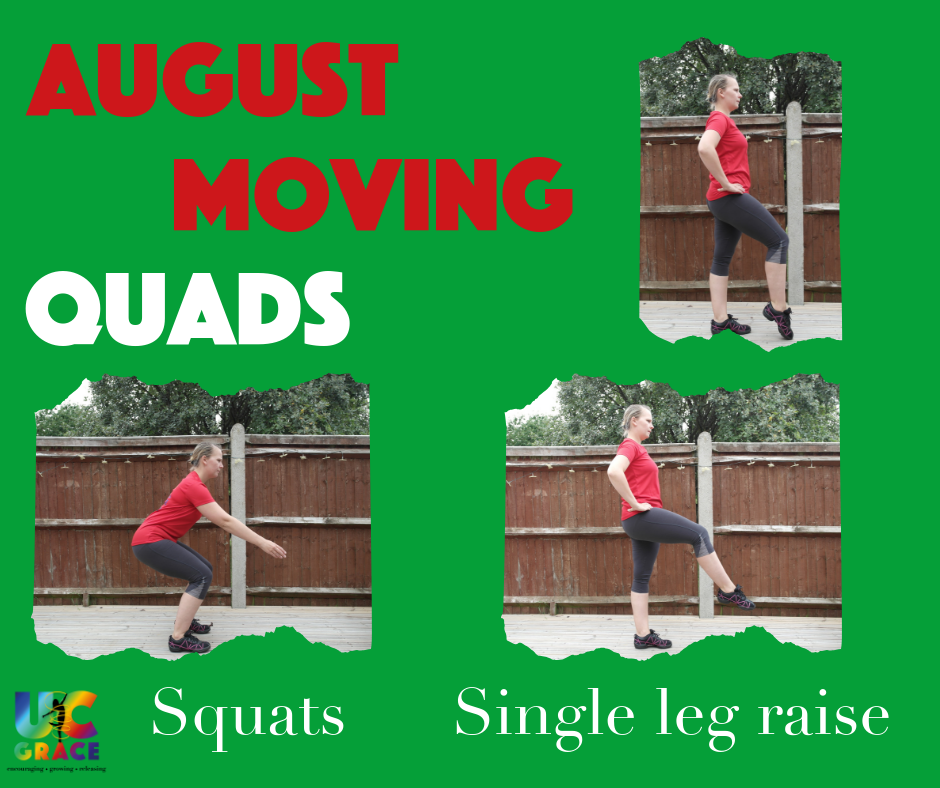Having strength in your arms is important, it helps improve your posture which means your back is strong, resistance training your arms has shown that it reduces the risk of musculoskeletal injuries or at least reduce their severity. But proper form is important.
- Strong muscles will enhance your workout. Once you start concentrating on your upper body, other exercises will seem easier.
- Working your arms can help protect your bones. Every year your bones loose more strength, but the good news is, the more you work them, the more you help to maintain healthy bones and build density.
- Working your arms, gives you that feel good factor, the satisfaction that you’ve worked something hard and will reap the rewards. It will help your exercise mindset going forward.
Exercises to try –
If you can do the 2 exercises 2 – 3 times a day. You will start to feel a noticeable difference in your arm strength.
- Forearm pulse: Connect your forearms together from your elbow all the way up to your fingertips, palms together. Push the forms arms together to create tension. Pulse your arms up and down, maintaining contact with no gaps and pressure. Do this for 30 seconds/ pulses. Ensure your shoulders stay down and your core is still scooped in.
- Press ups: You probably thought you might get away with out these, but no such luck. A few things to remember about press ups. The further your feet are away the harder it, which means the lower your arms/ centre of gravity the harder it is too. So bear this in mind when you choose the level you want to do the press ups at. Place your hands just wider than your shoulders. Keep your shoulders down and tummy scooped. Make sure your body is in a straight line, so your bottom is tucked in. inhale on the way down. Exhale on the way up. Aim for 10 reps.


